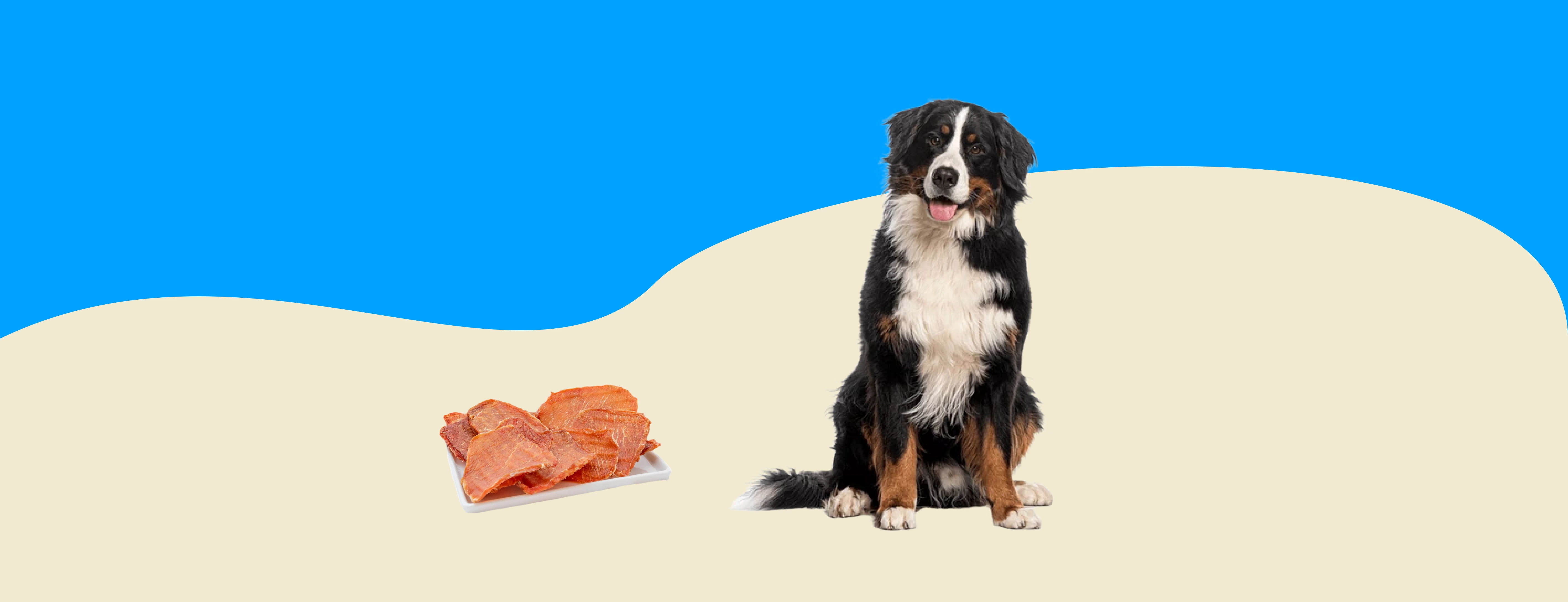As a pet owner, it’s essential to know what foods are safe for your furry friend. Pork is a common meat that many people enjoy, but can dogs eat pork? This article explores the safety of pork for dogs, the potential benefits, risks, and how to prepare it properly if you choose to share this meat with your canine companion.
Is Pork Safe for Dogs?
The answer is: Yes, dogs can eat pork, but there are important considerations to keep in mind.
Benefits of Pork for Dogs
- High-Quality Protein: Pork is a great source of protein, which is essential for your dog’s muscle development, energy, and overall health.
- Vitamins and Minerals: Pork contains essential nutrients such as B vitamins (like B6 and B12), zinc, and iron, which can contribute to your dog’s overall well-being.
- Flavor: Many dogs find pork to be a tasty treat, making it a great option for training or special occasions.
Potential Risks of Feeding Pork to Dogs
While pork can be safe for dogs in moderation, there are risks to consider:
1. Raw Pork Risks
- Parasites: Raw pork can carry parasites like Trichinella spiralis, which can lead to trichinosis. Always cook pork thoroughly to kill any harmful bacteria or parasites.
- Bacterial Contamination: Raw meat can also carry bacteria such as Salmonella or E. coli, which can be harmful to both dogs and humans.
2. Fat Content
- High Fat: Pork, especially cuts like bacon or pork belly, can be high in fat, which can lead to gastrointestinal upset, obesity, or pancreatitis in dogs.
- Trim Fat: When offering pork to your dog, choose lean cuts and trim away any excess fat.
3. Seasonings and Additives
- Avoid Seasoned Pork: Many prepared pork products, like sausages or ham, contain seasonings, spices, or preservatives (like garlic or onion) that can be toxic to dogs. Always serve plain, cooked pork without any additives.
How to Safely Prepare Pork for Your Dog
If you decide to feed pork to your dog, here are some guidelines to ensure it’s safe:
1. Choose Lean Cuts
- Select lean cuts of pork, such as pork loin or tenderloin. Avoid fatty cuts, processed meats, or any pork that has been cured or smoked.
2. Cook Thoroughly
- Cook pork to an internal temperature of at least 145°F (63°C) to ensure it is safe to eat. Always avoid serving raw or undercooked pork.
3. Serve in Moderation
- Introduce pork into your dog’s diet gradually and in moderation. Treat it as an occasional treat rather than a regular meal component.
4. Remove Bones
- Never give your dog cooked pork bones, as they can splinter and cause choking or serious injuries to the digestive tract.
Signs Your Dog Might Enjoy Pork
Many dogs love the taste of pork! If you’re unsure whether your dog will enjoy this meat, watch for these signs:
- Eager Behavior: If your dog shows excitement when you’re preparing pork or smelling it, they may enjoy the taste.
- Positive Response: If your dog happily eats a small piece of cooked pork, it’s a good sign they like it.
Alternative Protein Sources for Dogs
If you’re looking for other protein sources for your dog, consider these safe options:
- Chicken: A lean and popular protein choice, chicken is generally well-tolerated by dogs.
- Turkey: Lean turkey is another great option and often used in dog foods and treats.
- Beef: Cooked lean beef can also be a nutritious addition to your dog’s diet.
Conclusion
In summary, pork can be a safe and nutritious treat for dogs when prepared correctly and served in moderation. Always ensure that the pork is fully cooked, free from additives and excess fat, and watch for any adverse reactions when introducing new foods. As with any dietary changes, it’s always best to consult your veterinarian if you have any concerns about your dog’s diet or health.
Takeaway Tips for Feeding Pork to Dogs
- Cook Thoroughly: Always cook pork to an internal temperature of at least 145°F (63°C).
- Choose Lean Cuts: Opt for lean cuts of pork and trim off excess fat.
- Serve Plain: Avoid any seasoned or processed pork products that may contain harmful ingredients.
- Moderation is Key: Treat pork as an occasional treat, not a regular meal replacement.
- Remove Bones: Never give your dog cooked pork bones to prevent choking hazards.


